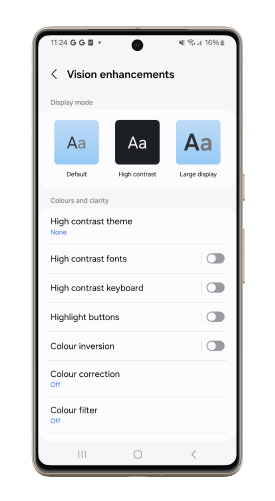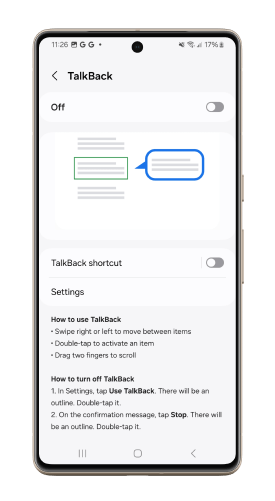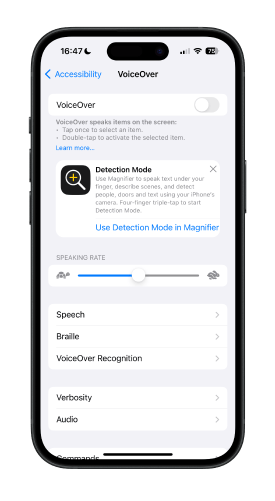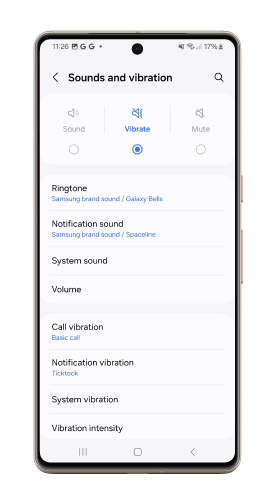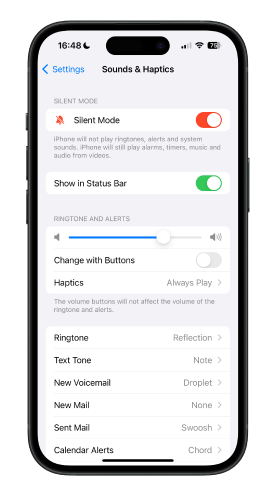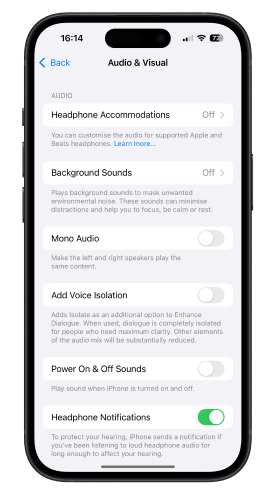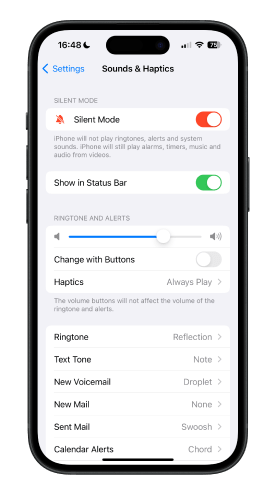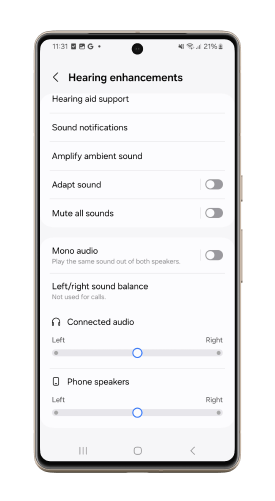Reading Time: 2.5 mins
Published: December 22, 2025
Technology has become such an important part of our lives. For some children and young people, assistive technology can be the key to overcoming barriers they’d otherwise face due to a disability or illness.
There are over 16 million people living with a disability in the UK, of which 11% are children. Having access to inclusive technology equipment, software, and product settings can reduce isolation and improve access to education. Most importantly, access allows a child or young person to have the same opportunities as their peers without disabilities and lets them participate fully in every aspect of their life involving tech.
We’ve produced a video demonstrating our Top 12 Christmas Makaton signs and symbols to encourage everyone to have an inclusive and connected Christmas.
Understanding Assistive Technology
Assistive technology refers to anything that helps a person to function independently, allowing them to live a healthy and dignified life (WHO, 2024).
When it comes to using assistive communications technology on electronic devices, there are many useful functions.
Here are our Top 5:
Join our Online Safeguarding Hub Newsletter Network
Members of our network receive weekly updates on the trends, risks and threats to children and young people online.


